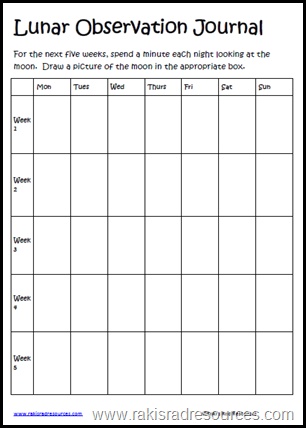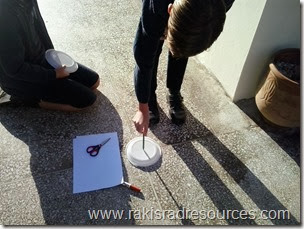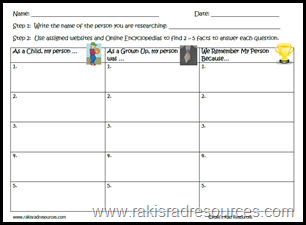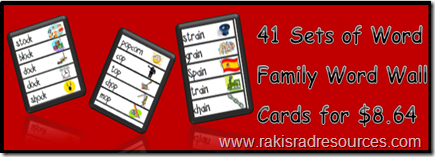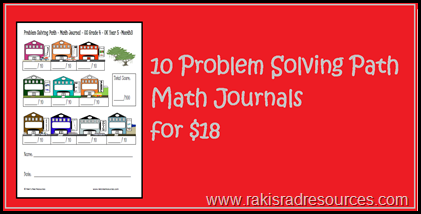This year I am the luckiest teacher in the world. I get to teach at the best school ever – International School of Morocco, with some of the best, most creative, teachers ever. Each time I walk into someone else’s classroom, I get inspired and we just seem to spiral great teaching ideas off of each other. It’s a wonderful place to teach, and since we are all collaborating, it’s a wonderful place for our kids to learn – a teacher’s dream, right? I have tried and tried to convince the other teachers to create blogs of their own to spotlight and share some of their amazing ideas, but everyone is super busy. Instead, they have each agreed to let me spotlight some of their ideas right here on Raki’s Rad Resources. So, each Friday night, I will be posting an ISM Spotlight.
To celebrate the last week before the Winter Holidays, we did a whole school winter craft rotation called Santa’s Workshop. We already teach in multiage groups, but for today we further grouped the children into multiage “family groups” of nine students, with each group having children from age 3 to 11. These groups allowed older students to work with younger students, building leadership skills. It also gave each group a break from their normal classmates, as they are all ready for a break from each other.
Each teacher hosted a craft, and the family groups moved from one room to another creating winter crafts. Here are the crafts we offered:
1. Orange and Clove Pomanders: In Ms. Kadiri’s room, students listened to the story of the Christmas Orange and then made orange and clove pomanders by making small holes in an orange and adding cloves in a multitude of designs.
2. Toilet Paper Tube Reindeer and Snowmen: In Ms. Tolentino’s room, students used toilet paper tubes to make snowmen and reindeers. Ms. Tolentino had all of the pieces pre-cut and the students assembled and added details to these adorable decorations.
3. Gingerbread Baby Puppet Show Videos: In Ms. Nassar’s room, students listened to the story of The Gingerbread Baby, and then created props and scenery to film a reenactment the story on the iPad, in person or with puppets. The results were adorable and all students were able to participate, whether with creation materials, filming, or being the star.
4. Winter Collages: In Ms. Johnson’s room, students created collaborative collages using a combination of magazines and student created snowflakes. Each groups’ collage turned out very different from the others and all are now hanging in the hallway, where students can share their collaborative pride in their achievement.
5. Snow Globe & Word Snowflake Cards: In my room, we listened to Walking in a Winter Wonderland, created Winter Wonderland cards. Each card included: a word cloud in the shape of a snowflake that we created on Tagxedo with a student generated list of words about winter and a paper snow globe show the student’s image of what would be in their Winter Wonderland
6. Pinecone Ornaments: In Mr. Raki and Madame Gaille’s room, students used paint and beads to create ornaments out of pinecones. They placed their pinecones in yogurt cups to hold them steady while they were painting.
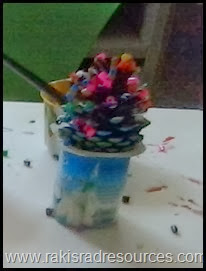
What winter crafts did you work on this year?

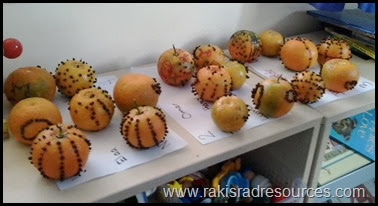
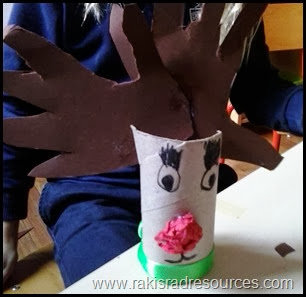
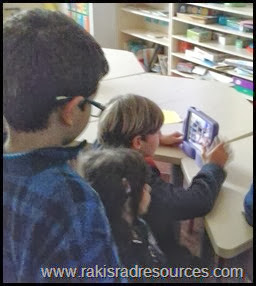

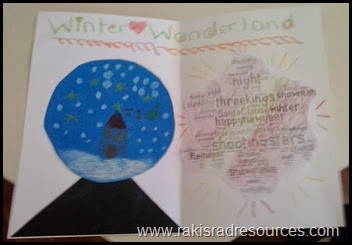

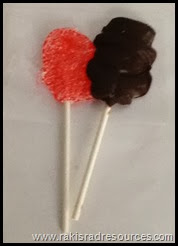
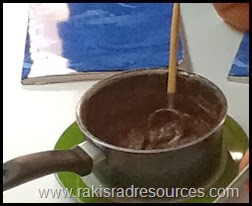
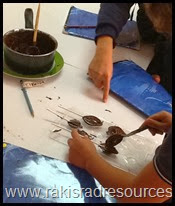
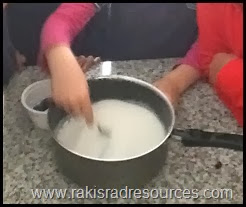
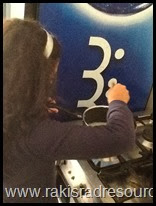
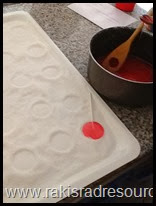
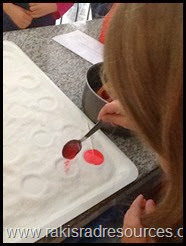



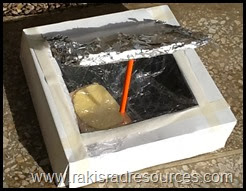
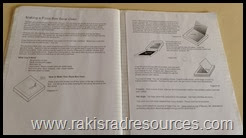
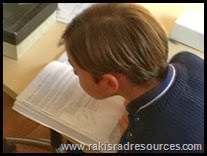
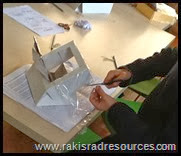
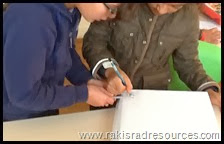
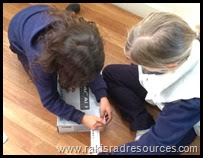
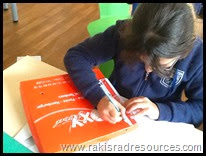
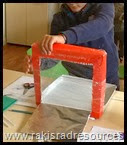
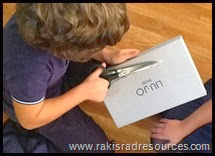
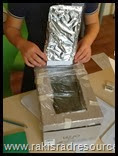
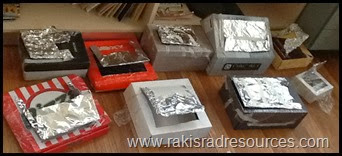
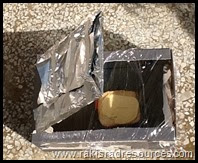
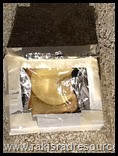
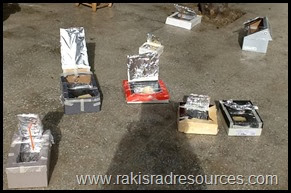
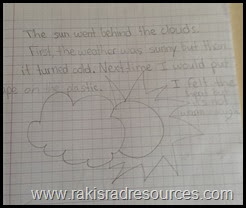












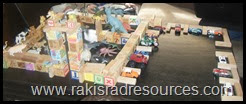
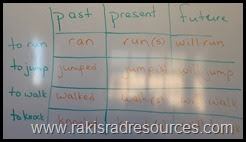
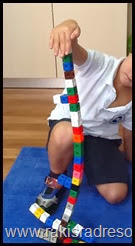
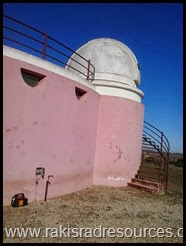



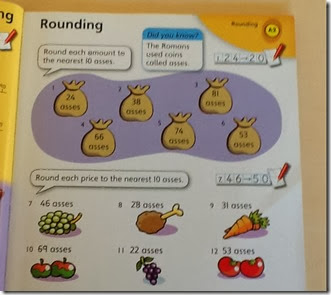
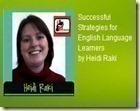

![Heidi-Raki-of-Rakis-Rad-Resources322[1] Heidi-Raki-of-Rakis-Rad-Resources322[1]](http://lh4.ggpht.com/-ysPpxgb38-8/UVtvLeD7yzI/AAAAAAAAMJA/IEjA3gkByME/Heidi-Raki-of-Rakis-Rad-Resources322%25255B1%25255D%25255B2%25255D.png?imgmax=800)


